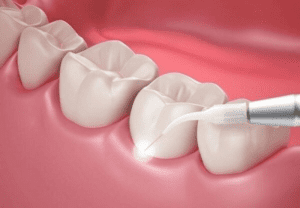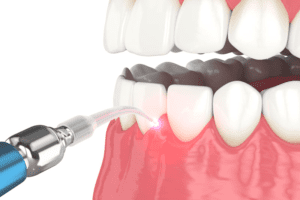About 15 percent of adult Americans currently smoke cigarettes. This habit can cause cardiovascular disease, cancer and respiratory disease, among other complications. What many people don’t realize however, is that smoking can also cause gum disease. For World No Tobacco Day on May 31, consider kicking the habit and taking care of your teeth and gums.
Common Oral Symptoms of Tobacco Use
Tobacco affects the bones attached to your teeth as well as your gum tissue cells’ function. It also impedes blood flow, which can prevent wound healing. Smoking can cause the following symptoms:
· Tooth discoloration
· Bad breath
· Bone loss within the jaw
· White patches, called leukoplakia
· Buildup of tarter and plaque on teeth
· Gum disease
· Slowed healing after periodontal treatment, tooth extraction and oral surgery
· Risk of oral cancer
· Unsuccessful dental implant procedures
Types of Tobacco and Their Complications
While many attribute health complications to cigarettes, they aren’t the only form of tobacco that can cause oral problems. Those who smoke pipes and cigars are at risk for tooth loss and bone loss, throat cancer and periodontal disease. They also generally experience bad breath and stained teeth. Chewing tobacco can increase chances of oral complications even more than cigarettes, pipes and cigars. Smokeless tobacco products have 28 chemicals, if not more, that increase the risk of throat, oral and esophageal cancer. Chewing tobacco has higher levels of nicotine, and a can of snuff has more nicotine than 60 cigarettes.
Getting Back on Track
Fortunately, complications from smoking and other uses of tobacco don’t have to be a lifelong sentence. Quitting tobacco can greatly increase the health of your teeth and gums. Even just lowering your tobacco use can have a significant effect. Dr. Saunders can help restore damaged teeth and gums with LANAP laser treatment in Harrisonburg, VA. This treatment often eliminates the need for oral surgery by using a laser to vaporize bacteria and tissue that has been affected. Give us a call to go over treatment options and to get you back on the road to oral health.





